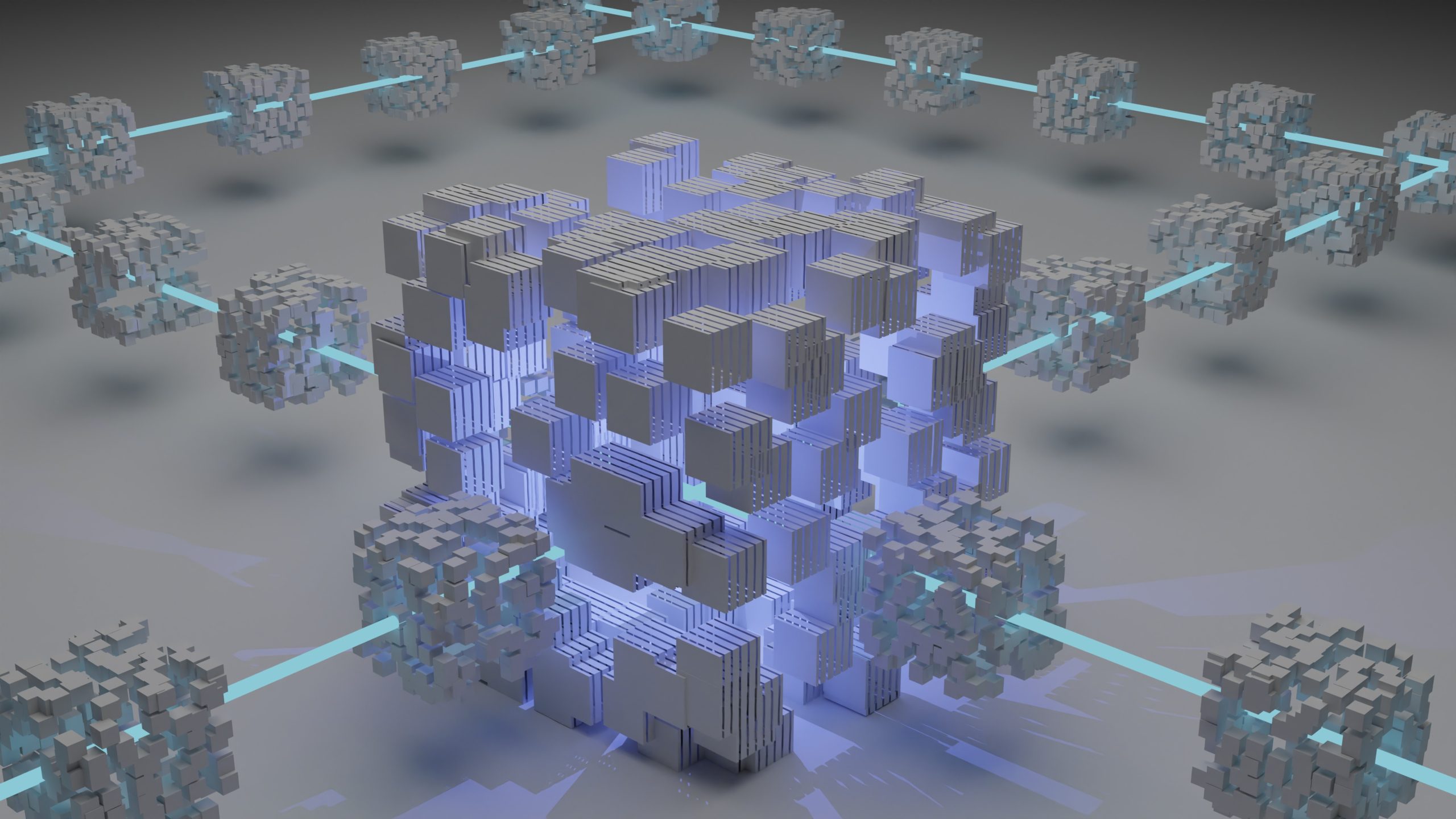We recommend the best products through our internal review process and may receive compensation if you visit partners we recommend according to our advertising disclaimer.
Generally speaking, a node is a central or crucial point in any system. In telecommunication, for example, a node is a point where redistribution occurs. Lifewire describes nodes as any physical device within a network of other tools that can send, receive, or forward information. A node is usually a physical object. However, there are also virtual nodes. A personal computer is the most common type of node.
A network node refers to the network connection system involved in transmitting, creating, and receiving messages. It is the physical pieces that make up a network. Many types of Bitcoin nodes are used to produce and distribute Bitcoin on the blockchain network.
What is a Node in Blockchain?
One of the first things to understand about Bitcoin is that no singular owner or CEO is in charge of the network. It functions through the efforts of several volunteers worldwide using nodes. Setting up nodes is inexpensive, and the software and hardware can be acquired almost anywhere and accessed using a regular computer system.

In the world of blockchains, the use of these computer nodes makes the decentralized property of Bitcoin possible. These nodes are distribution systems that make Bitcoin function as a digital currency not controlled by any particular group or individual. Bitcoin’s node system removes the need for a middle man to function as a go-between to connect users worldwide.
These blockchain nodes could have many other properties and uses from multiple communication points. Each computer system functioning on the blockchain network and connecting to the blockchain system is a node, and each node establishes a connection from one computer to the next. The computers on the network transmit information concerning every network transaction. Through the peer-to-peer system, each transmission on the Bitcoin network is affected. It is important to note that each computer has specific functions, even when connected to other computers. This function makes it possible to classify the Bitcoin nodes into various types and categories.
How does Blockchain Mining Work?
Bitcoin was launched in 2009 to combat the effects of inflation that led to the previous year’s financial collapse. Since then, it has steadily grown and developed into today’s system. Its primary function was to remove the government and the banking industry’s power by introducing a nongovernment-issued, centralized currency. Blockchain technology lets the network, these connected nodes, monitor every transaction. Everyone who controls a node can monitor all the transactions on the network, reducing the chances of unethical transactions on the network. On an episode of The Crypto Show, Nick Sexton said, “This is why they call Bitcoin Digital Gold.”

Even new people and computers are taken back to the first-ever Bitcoin transaction when first connected to the network. One of the things that makes it more compelling is that each person involved is a volunteer, and it doesn’t consume a lot of electricity.
In essence, some of the things that contribute to the reliability of the Bitcoin system are:
- Nodes on the system can measure all transactions.
- Anyone can be a volunteer and become part of the system.
- The technology required to join the Bitcoin network is inexpensive.
- It doesn’t consume a lot of electricity.
The Bottom Line
On Ethereum, an error occurred due to a loophole on the network that led to a loss of money for many. Because of this error, many of the miners, users, and nodes involved in the Ethereum system agree to rewrite history, so to speak, as though the loophole never happened. Those opposed to this created a new currency from the Ethereum network. Blockchain technology is created such that this kind of occurrence is impossible.

Most people have a problem trusting the blockchain system because they do not understand it. However, Blockchain technology operates on a network that makes it impossible to hide transactions without informing every network member. In theory, it is possible for the miners and nodes to “rewrite history” when an issue occurs. However, it is nearly impossible for this to occur on the Bitcoin network because the system would have various loopholes if “all” network members are not on board.
If you want to learn more about cryptocurrencies, download the 2021 Cryptocurrency
Investment For Free: https://bit.ly/3yzMetg
Follow us on Twitter: https://www.twitter.com/


